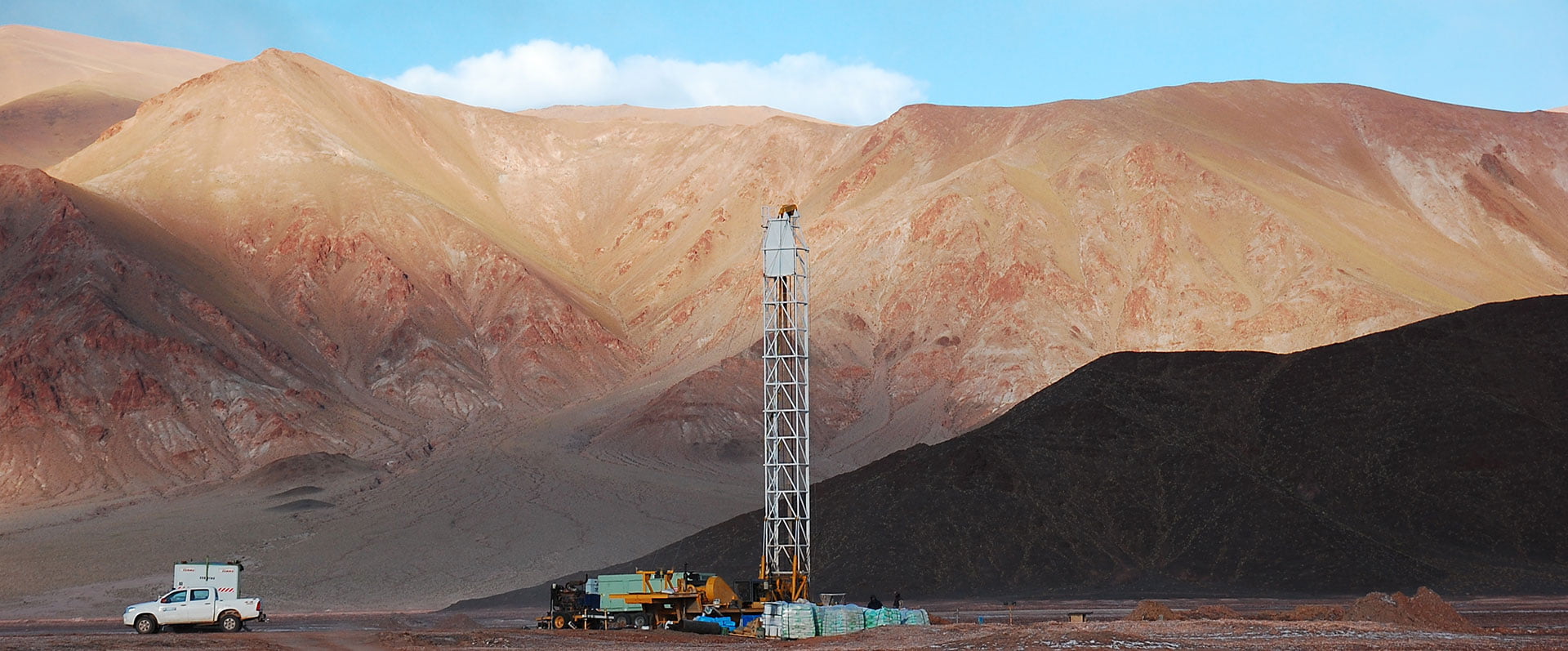If you don’t live in the Tucson area, odds are you’ve never heard of the Santa Cruz River. Locals know it as a normally dry channel alongside a pleasant bike path that occasionally swells after a decent monsoon. Yet there is far more to this river’s story.
This fascinating waterway has reaches harboring habitats that depend on both perennial flow and near-surface groundwater. The Santa Cruz is binational; its headwaters in extreme southern Arizona loop briefly through Sonora, Mexico, and then head north/northwest, intersecting Tucson. Much of Tucson’s early history revolves around the river, and historically perennial flows were found near “A” Mountain.
Today, two lengthy reaches of perennial flow are sustained by continuous releases of treated effluent. These reaches are located in northwest Tucson at Roger and Ina Roads, and at the international treatment facility in Rio Rico near Green Valley. Somewhat accidentally, riparian habitats have sprung up in these areas, including rare cottonwood-willow gallery forest, and associated bird life. The river has even begun supporting small fish.
Future river conditions depend on a number of factors, including the Arizona state laws controlling recharge. Currently, the state offers only a 50 percent credit for in-channel recharge, in contrast to a 100 percent credit for off-channel recharge — a lack of incentive that could reduce the amount of water available for instream habitat. Mexico’s actions also influence the upper Santa Cruz; it owns most of the effluent affecting the southern reach and recently began diverting more of this effluent to its own treatment facility for its own use rather than allowing it to flow north.
To proactively plan for the river’s future, we will need to quantify the value of various environmental management outcomes.
Some Background: Ecosystem Services & Non-Use Values
A concept fundamental to valuing the outcome of an environmental management option is “ecosystem services,” a term that refers to the benefits humans receive from the environment or wildlife. Some of these benefits are biophysical in nature — for example, improvements to water quality that affect human health. However, it is also important to account for the way people feel about an ecosystem service. For example, some people may care strongly about preserving rare, instream habitats; others may not. To quantify the full suite of river-related services, social science is typically necessary.
Among the most challenging ecosystem service values to quantify are “non-use” values, which tell us that environmental outcomes can matter to people even if they do not use the resource. Classic examples include public support for endangered species or other rare environmental resources. Non-use values can be critical to capturing the costs and benefits affecting all stakeholders of a given environmental management decision.
Study Methodology & Results
The Santa Cruz River was recently the subject of a series of federally funded studies on ecosystem services. One EPA study quantified the river attributes that were of greatest interest to the public based on painstakingly collected feedback from over 100 persons in one-on-one interviews and numerous focus groups[1]. This study showed that, across various sociodemographics, southern Arizona residents valued visible the surface water, mature vegetation, and fish and wildlife associated with rivers. These preferences were overwhelming.
A follow-up study sought to quantify the extent of these preferences using a survey that hypothesized a variety of future river scenarios. Developed to capture both use and non-use values, the survey was deployed after extensive pretesting via interviews and focus groups. It allowed each respondent to state his or her “willingness to pay” for the following measures:
- Preserving flow/forest vs. increasing water quality to allow full-contact recreation
- Taking moderate flow/forest preservation measures vs. maximum ones
- Preserving the upper (southern) vs. the lower (northern) Santa Cruz
It also compared the preferences of Phoenix vs. Tucson residents.
The survey results were incorporated into econometric models, which, so far, reveal strong support for preserving effluent-supported flow in both reaches of the Santa Cruz. The results also suggest different preferences for Phoenix vs. Tucson residents and higher values in the southern reach, which features more mature tree growth. In addition, support was 50/50 for higher water quality (which would allow full-contact recreation); however, the survey comments suggest that at least some of this division may stem from a desire to protect instream flow areas from potential abuse.
Key Innovations
This study sets some important precedents. First, it examined “final” ecosystem services, a practice that is relatively new[2]. Final ecosystem services — those that benefit the lay public directly — are ideal for soliciting input on difficult environmental management issues. The researchers went to great length to ensure that the survey was not only well understood by recipients but also of interest to them — a foundation for which no amount of innovative econometric modeling can substitute. In contrast, many surveys request willingness-to-pay for “restored” environmental conditions or use similar vague language. Other surveys describe changes in technical terms (such as dissolved oxygen levels), leaving respondents to speculate on the “real” impacts.
In addition, unlike other similar studies, it quantified the full value of instream-related resources by including non-use values rather than focusing on just recreational benefits or property value impacts. The EPA increasingly uses survey studies to analyze regulatory impacts; however, this was actually the first in-house “stated preference” survey conducted by the Office of Research and Development. Thus, it represents an important capacity-building milestone in addition to providing potential insight for local planning.
Looking Ahead to California
The methodology developed for this case study is timely. California’s new Proposition 1 — Water Storage Investment Program — has brought ecosystem services to the front and center as a major factor in ranking the eligibility of new water storage projects. California has made a progressive choice in directing state bond dollars not only toward additional water storage for human water use, but also toward increasing ecological values. In fact, 50 percent of the quantified values must be ecological for a proposed project to be eligible for funding. Judging from language in the draft regulations, ecological benefits appear to be essentially the same as non-use benefits. Consequently, the approach developed for the Santa Cruz could inform the quantification of ecological values for California projects.
[1] Weber, M.A., and P.L. Ringold, 2015, River metrics for residents of an urbanized arid watershed Landscape and Urban Planning, 133: 37–52
[2] Johnston, R.J., and M. Russell, 2011, An operational structure for clarity in ecosystem service values, Ecological Economics, 70: 2243-2249; Boyd J., and S. Banzhaf, 2007, What are ecosystem services? The need for standardized environmental accounting units, Ecological Economics, 63: 616-626; Ringold, P.L., J. Boyd, D. Landers, and M.A. Weber, 2013, What data should we collect? A framework for identifying indicators of ecosystem contributions to human well-being, Frontiers in Ecology and the Environment, 11: 98-105; Boyd, J., Ringold, P.L, Krupnick, A., Johnston, R.J., Weber, M.A., and K. Hall, In Press, Ecosystem Services Indicators: Improving the Linkage Between Biophysical and Economic Analyses, International Review of Environmental and Resource Economics










